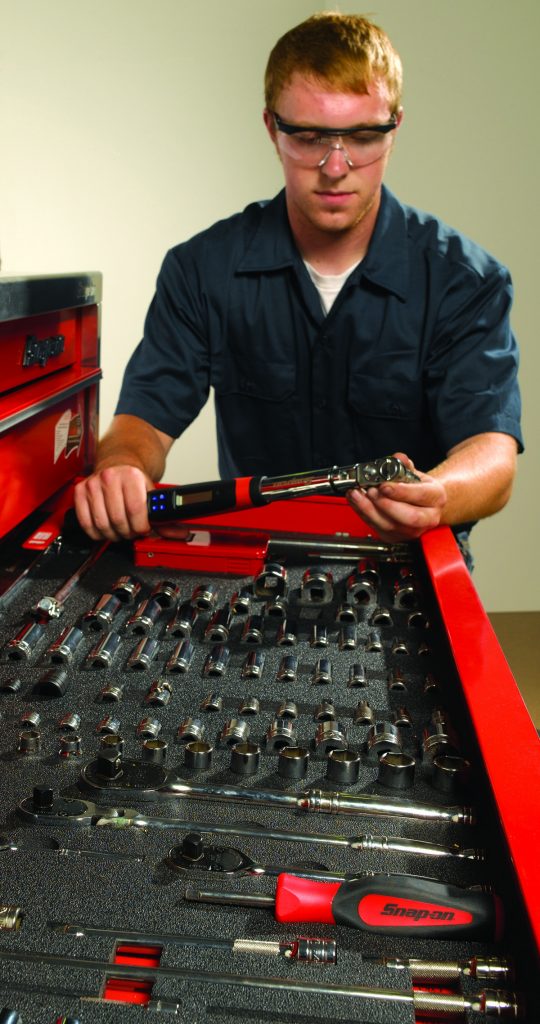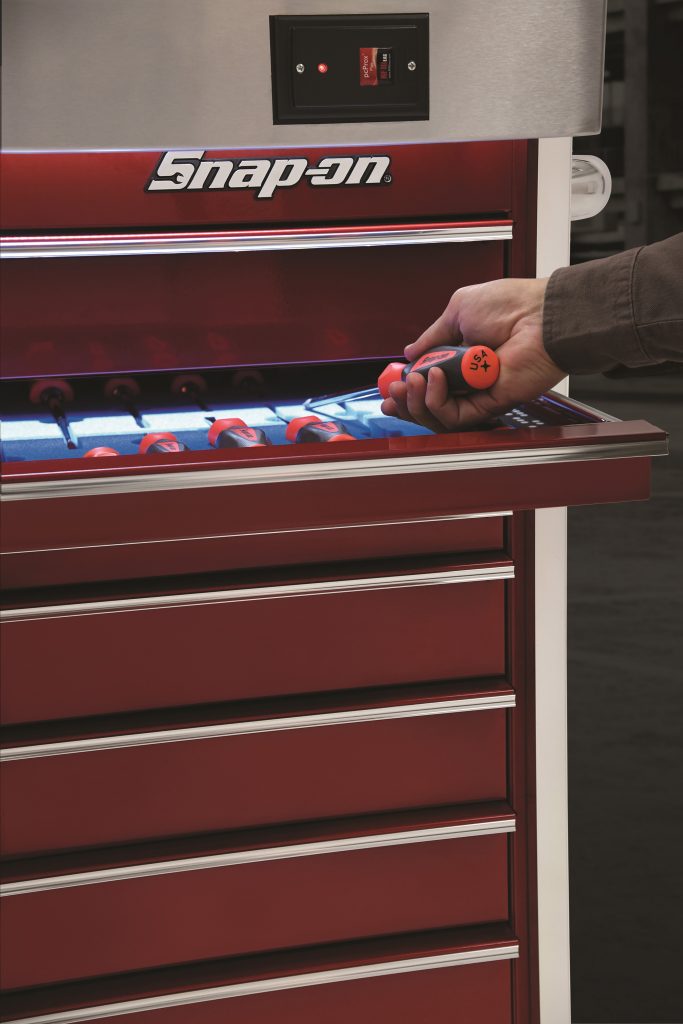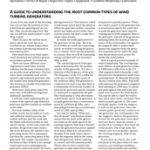Tool control comes in all shapes and sizes. While there is no one-size-fits-all, there are plenty of options available to wind farms when it comes to getting a better handle on their tool control.
Lost or missing tools cost the renewable energy industry hundreds of thousands of dollars each year, not only in lost revenue, but in productivity as well. The time wasted by pulling a technician off the job to climb down off a turbine to go hunt for a missing tool quickly adds up. However, there is a solution.
Technology today allows tool control to become a reality rather than just a concept. Innovations in the industry have taken tool control to the next level resulting in improved technician performance and productivity, saving utilities money while greatly reducing the chance of tools walking away from job sites. These advances are driving the industry to develop more efficient maintenance practices and, in turn, allow utilities to become proactive in trimming costs.

Implementing a Tool Control Program
Some people still do not associate technology with tool control, and past perceptions may have something to do with that. Not that long ago, foam cutouts in a box constituted adequate oversight; it gave technicians a quick visual check that tools were in their proper spot, and it certainly was a better option than a box with no foam where tools were scattered throughout drawers.
However, a proactive tool control program has become a much more interactive endeavor. Technology and tool control are linking together, and the level of functionality it provides to users surpasses previous options.
The goal of a credible tool control program is to minimize lost or misplaced tools. To realize that goal, any credible system should meet five criteria: organization, visibility, access control, asset management, and automation. These factors, when added together, work to provide a detailed process of tool inspection and accountability, both before and after a job is completed, as well as a process that is repeatable.
Questions you should ask yourself in designing a tool control program include:
- What is the goal of a tool control program for your department?
- How extensive will the program be?
- What materials will be monitored?
- Who can perform a general inspection of the area?
- What forms, if any, should be required?
- Will all the tools be monitored?
The answers to these questions will help you begin evaluating the scope of your tooling needs and get you started correctly on the path to success.

Automation in the Boxes
Digital imaging technology is one way to bring standardization and accountability to tool boxes. This technology provides the ability to monitor and track tools as they are removed from tool boxes and then returned throughout the day — all in real time. It works by scanning each tool in the drawer to determine its status. If tool status is questionable, an interactive monitor affixed to the box can display the disputed tool transaction, or it can be identified in the audit image at the administrator’s PC. User log and data time/date information is available for every transaction.
Digital imaging technology offers several advantages to utilities. For starters, it reduces lost or misplaced tool concerns. If a technician checks out 15 tools and later returns 14 tools, the system announces not only that a tool is missing, but identifies the missing tool, and the technician now knows to go back and find that tool.
Additionally, the digital imaging software allows the tool box’s designated administrator to track individual tool usages, add or delete users, and assign various levels of user access. The system can be synchronized to individual or multiple boxes and can pull data and images from each selected tool box. Data logs and audit image files are available for inspection in the administrator’s program following synchronization with the tool box. It also allows people who are connected to the box throughout the network to know the status of all controlled tools and equipment. This means technicians will know the tool they need is on hand and available immediately and supervisors have an extra measure of confidence that tools and other critical assets are being well supervised.

Linking Tool Boxes to Tool Cribs
The level of accountability is now extending to the tool crib as well. This provides tremendous value. In the past, utilities did not have an efficient way to move tools and equipment within their inventory or accurately keep track of them. While tool boxes were being monitored with a system like digital imaging, an effective complementary program for the tool crib did not exist. More importantly, there was not an efficient network linking the tool crib to toolboxes and lockers. Innovations are making this happen today, and the benefits are plentiful.
With a quick scan, tools and equipment checked out from a tool crib can be tracked, enabling administrators to know which technician has possession of that particular item. Other capabilities include setting up calibration schedules for tools such as torque wrenches to ensure compliance dates are not missed, and administrators can be alerted when consumable items, such as drill bits, fasteners, PPE, and other products are running low and need reordering.
This enables utilities to connect the tool cribs with the boxes and lockers — linking all critical components of tool control under one central platform. Administrators can see everything happening with their tooling program through a synchronized network. Tools and assets can be viewed and tracked in real time from mobile devices anywhere in the world.
Deploying a well-designed tool control system will work toward consolidating tools on wind farms. It’s also going to reduce lost or misplaced tools, improve accountability, as well as promote an atmosphere for crib attendants and technicians to be more productive. Tool control is fast becoming an area that works for you — all thanks to automation and connectivity.





































